|
written by Jackie Edwards Monarch butterfly populations have declined by over 85% in the past two decades due to habitat loss, climate change, and pesticide use, according to the Center for Biological Diversity. Since they're an important part of our ecosystem, it's important to find ways to protect these beautiful pollinators, and planting monarch-friendly grasses can create an ideal habitat for these iconic butterflies and support their population. Doing so enables you to support monarch populations from the comforts of home. Prairie Dropseed Prairie dropseed is a native grass species that is well-suited for supporting monarch butterflies. This grass grows in clumps and produces fine-textured foliage that provides a beautiful and delicate addition to your garden or outdoor space. Prairie dropseed is also an important host plant for various insects, including skipper butterflies, moths, and grasshoppers. These insects are an important food source for adult monarchs. In addition to providing a habitat for monarchs and other insects, prairie dropseed also produces seeds that provide an important food source for birds and other wildlife. Big Bluestem Apart from giving monarch butterflies a place where they can get food and rest, it's also important to protect them from pets and young children since they could accidentally trample on these insects. Consider creating a small lawn area made from artificial turf to separate your kids' garden play area from your monarch butterfly sanctuary. When compared to real grass, artificial turf may be a better pick for areas in which humans and animals play, and having a designated area with different turf means that wildlife and insects can flourish in others. You could even think about creating a space there to sit, spot and watch the butterflies and insects as they come and go without disturbing them too much! Meanwhile, if you're looking to add grass that makes a big visual impact in your garden, consider big bluestem. This is another native grass that can provide an important habitat for monarch butterflies and it's a host plant for a variety of insects, including skipper butterflies and moths. It's normally found in the prairies and it grows up to 7 feet tall. Only plant this type of grass in your garden if you don't mind having overly long grass in your backyard, and make sure to cut it to under 18 inches during the fall. Switchgrass Switchgrass is a versatile native grass species that can grow up to 8 feet in height, making it an excellent addition to any garden or outdoor space. This grass is adaptable to various soil types, and it is also drought-tolerant, which means it can thrive even in areas with limited water availability. These qualities make switchgrass a sustainable landscaping option that can help conserve water resources and reduce irrigation needs. Apart from its aesthetic benefits, switchgrass also serves an essential ecological function as a host plant for many pollinators. By planting switchgrass, you can create a thriving ecosystem that supports the monarch butterfly population. As switchgrass matures, it produces seeds that provide an important food source for birds and other wildlife, which makes it an excellent choice for those interested in promoting biodiversity and wildlife conservation in their outdoor space. Additionally, planting natural grasses like the ones mentioned above have a positive impact on your outdoor space. They improve soil quality, reduce erosion, and require less water and fertilizer. Not to mention, they naturally cool the air and reduce home cooling needs, thus reducing your household's carbon emissions. By planting the right grasses in your garden or outdoor space, you can help support monarch butterfly populations while also adding beauty and diversity to your surroundings. Remember to choose the grasses that are best suited for your soil and sun conditions, and to be aware of any invasive species. With a little planning and care, you can create a welcoming habitat for monarch butterflies and other pollinators. Lastly, a well-planned butterfly garden that includes native perennials flowers, grasses and sedges can provide great shelter and nectar sources for our pollinators!
4 Comments
8/1/2023 01:50:43 am
I found this post to be very insightful. Thanks for sharing!
Reply
Your insights into the importance of supporting these iconic pollinators in the face of population decline due to various environmental factors are both informative and inspiring. Your detailed recommendations for grass varieties such as Prairie Dropseed, Big Bluestem, and Switchgrass provide a tangible way for readers to contribute to monarch conservation while enhancing the beauty and biodiversity of their outdoor spaces. Your commitment to educating and empowering individuals to make a positive impact on the environment is truly commendable. Thank you for sharing your expertise and fostering a deeper connection between nature and our surroundings.
Reply
10/25/2023 05:17:59 am
Planting native milkweed (Asclepias) and nectar-rich flowers like coneflowers, asters, and bee balm is a fantastic way to attract Monarch butterflies. These plants provide essential nectar and host plants for Monarch caterpillars. Creating a butterfly-friendly garden not only supports these beautiful creatures but also adds natural beauty to your outdoor space. Happy gardening!
Reply
Switchgrass is not just a plant; it's a beacon of hope for sustainable agriculture and renewable energy. With its deep roots and ability to thrive in diverse climates, switchgrass offers a promising solution for soil erosion prevention, carbon sequestration, and wildlife habitat restoration. Furthermore, its versatility extends to biofuel production, where it serves as a renewable source of energy, reducing our reliance on fossil fuels and mitigating climate change.
Reply
Leave a Reply. |
AuthorRebecca Chandler Archives
March 2024
Categories |

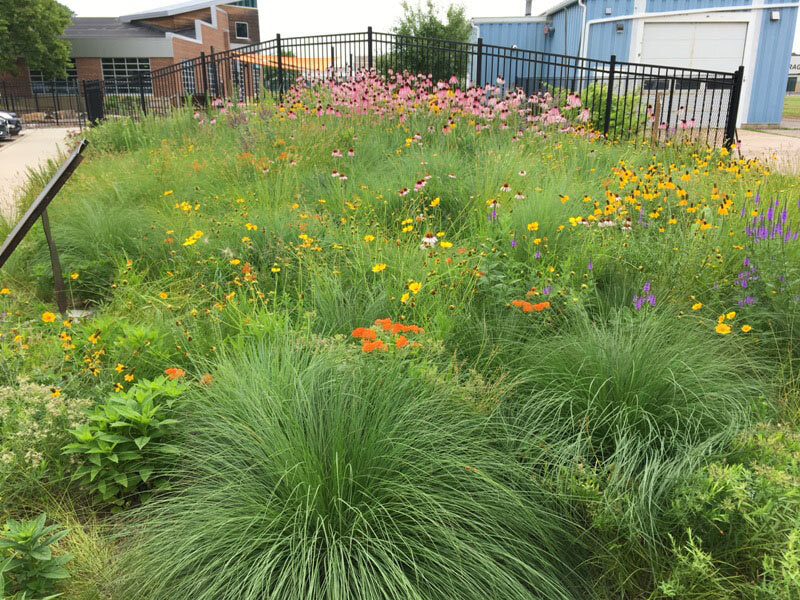
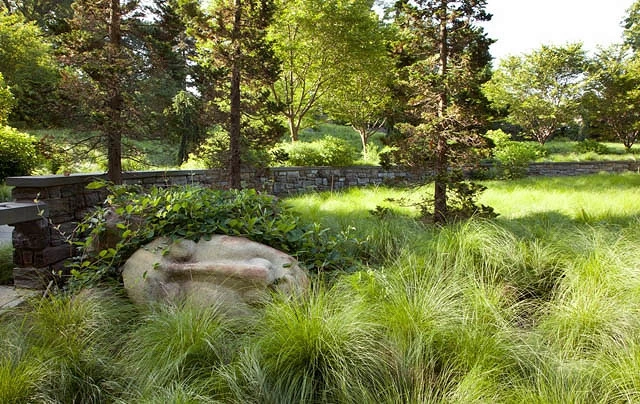
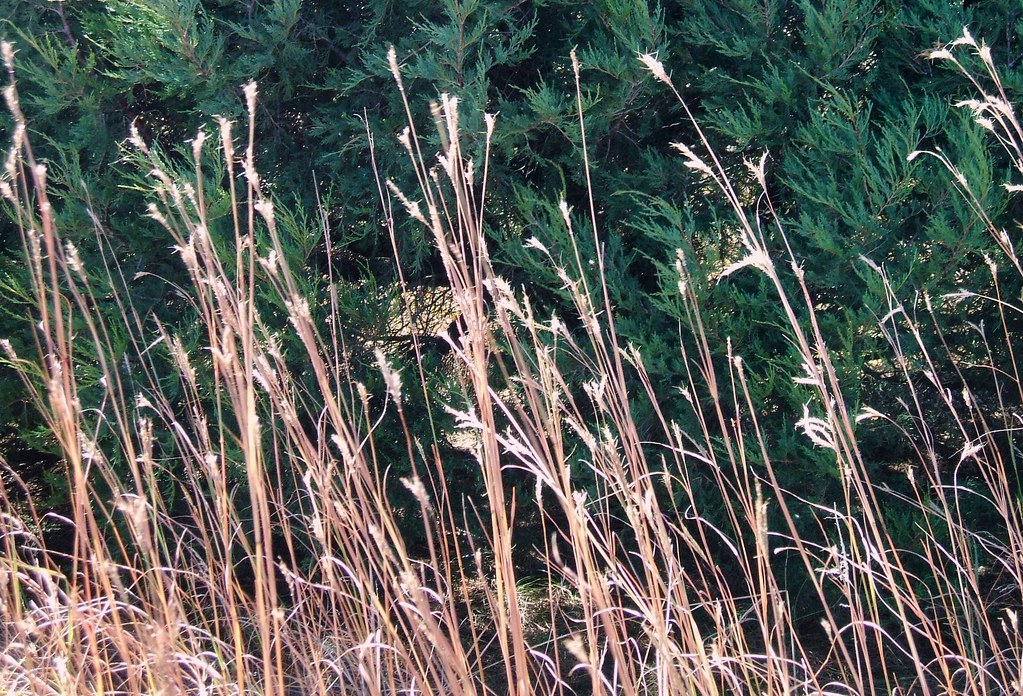
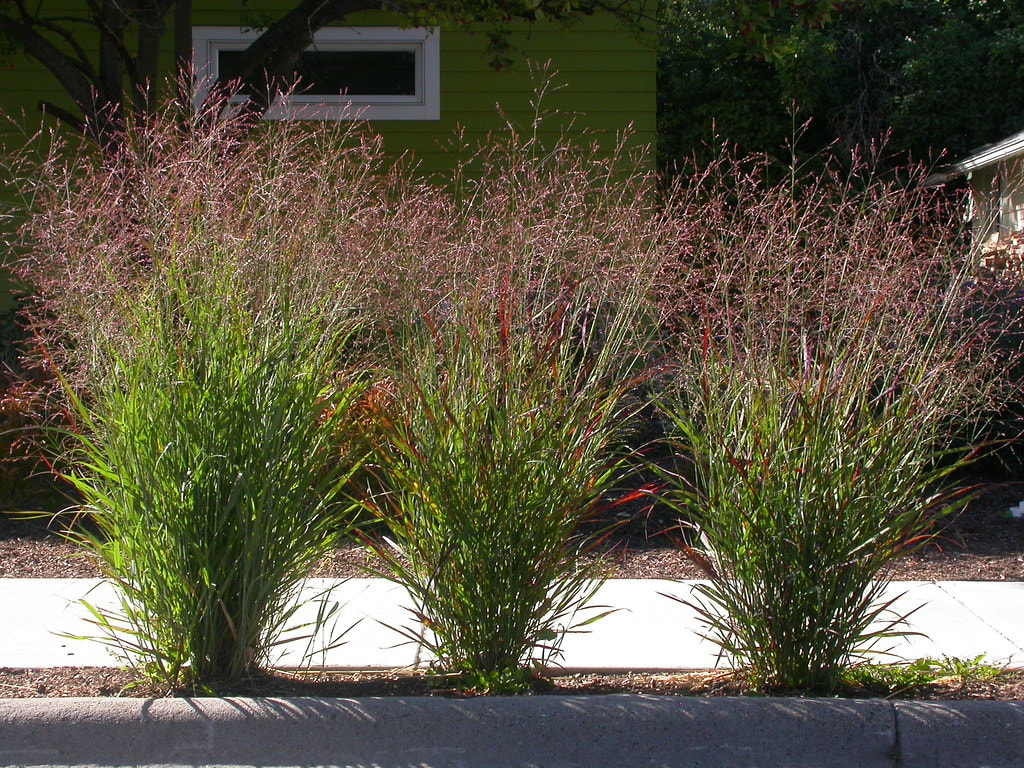
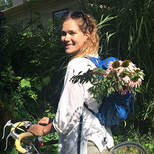
 RSS Feed
RSS Feed